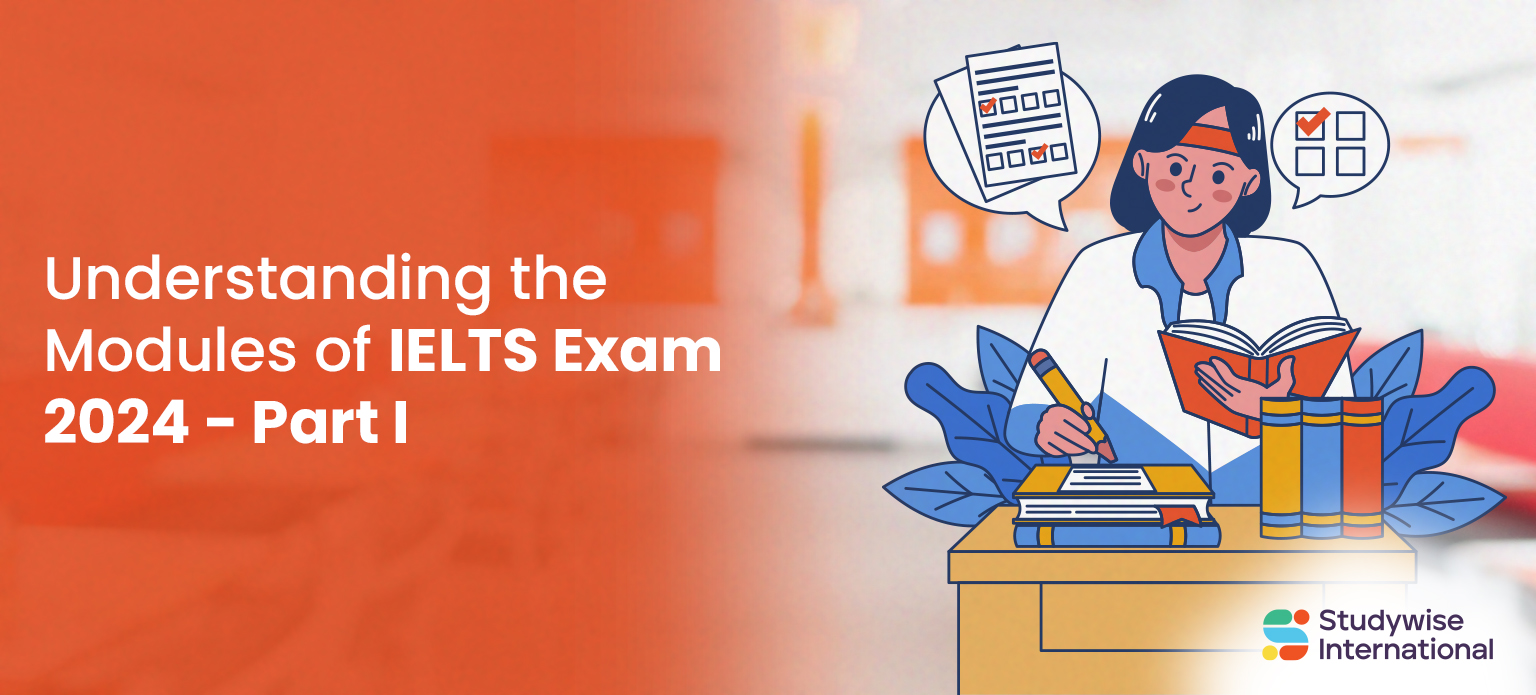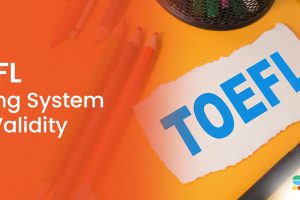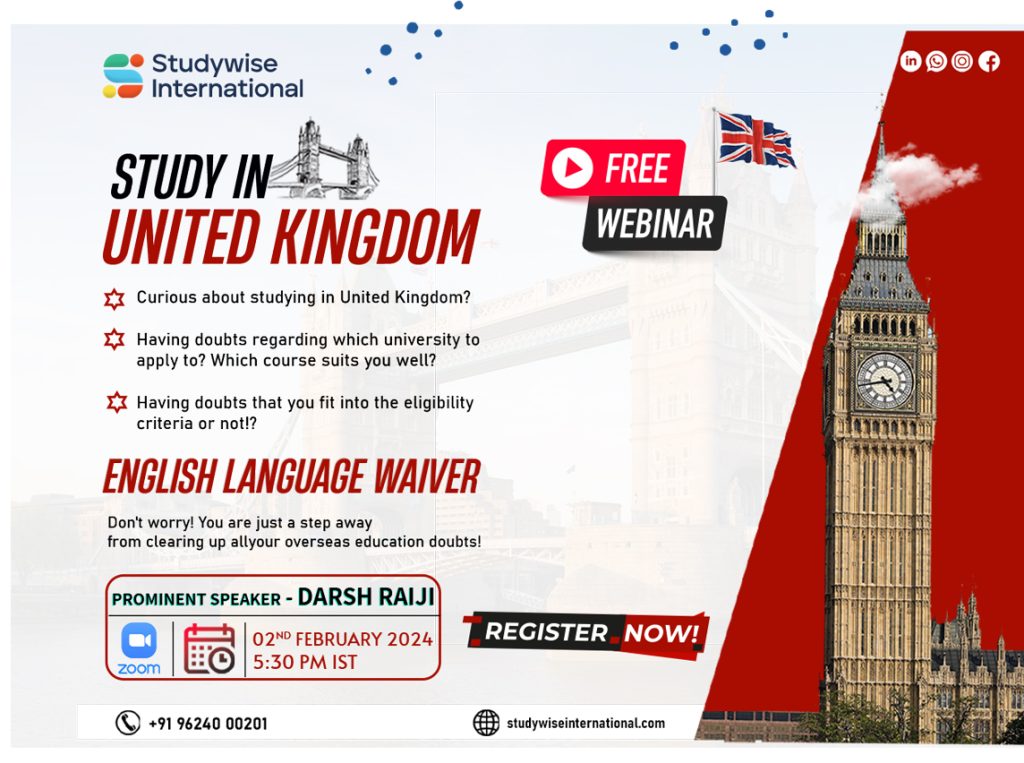
Understanding the Modules of IELTS Exam 2024 – Part I
- Categories Abroad Test Preparation, All Study in Abroad Blogs, IELTS
- Date May 28, 2024
The International English Language Test (IELTS) is a necessary step to university admission. While it may not be mandatory for the university itself, it is non-negotiable when it comes to the visa process. Therefore, understanding the key parameters of the IELTS test can go a long way. The 4 sections of the test are designed to test the different language skills of the candidates. These further carry a band score of 0-9 which determines the overall test results. Both undergraduate and postgraduate aspirants take the same test. Clearly, it is not easy to score. However, an understanding of all sections of IELTS can result in securing admission to their choice of English-speaking university.
Over 11,000 global institutes across 140 countries accept the score from the IELTS test. While there are other English tests like PTE, TOEFL and DET, IELTS is the most popular choice. Candidates can take all 4 sections of the test on the same day if opting for a Computer-based test. Whereas, Speaking with an on-paper test can be taken up to 7 days either before or after the test date. The Listening part (30 minutes) of the test has 4 recorded monologues and conversations with 40 questions. The same number of questions are to be answered in the Reading section but with twice time as much. This section compasses 3 long passages. Similarly, the Writing part (60 minutes) has 2 tasks. The Speaking section, lastly, requires a face-to-face interview with an introduction, a cue card and a detailed discussion.
In this blog, we will delve into the syllabus and format of these 4 sections of IELTS 2024.
Listening Section
The Listening Section of the IELTS exam has 4 parts with 40 questions equally divided into these parts. At the beginning of the section, the candidate is played a recording. The questions in the section are in the same order as narrated in the recording. Candidates can answer them along the recording or take notes to utilise later. The conversation in Part 1 and the narration in Part 2 are both based on everyday social situations. Whereas Part 3 and Part 4 have educational and training situations. Like the first part, Part 3 also has a conversational recording. Notably, test takers can only listen to each recording one single time.
After listening to the records, candidates will have 10 minutes to transfer their answers to their answer sheets. Each right answer is awarded with +1 marks. At the same time, wrong answers have no negative marketing. Candidates must get 30 right answers to score 7.0 in the Listening Section. As these recordings may have varied accents, students must prepare accordingly.
Types of Questions
There are about 6 identified types of questions in this section. First, candidates can expect to see Multiple Choice Questions with 3 possible answers. They can either choose one or multiple as they see fit. However, it must be as directed in the instructions. Second, there can be Matching Questions which require them to match a list of items from the recording to their respective options. As a matter of fact, this is where the best of us lose points. Even after recognising the facts and relations in the audio, candidates often make mistakes in transferring the answers to the answer sheets. Therefore, they must practice with particularly this type of question.
Furthermore, IELTS could present questions with Plan, Map and Diagram Labelling. Takes us back to middle school when we struggled to remember locations, doesn’t it? This one isn’t so bad though. Simply, because you don’t have to remember anything and simply follow the recording. The other popular forms of questions are Form, Note, Table, Flow Chart or Summary Completion and Sentence Completion. The same rules apply for these too but they are more of a ‘Fill in the blanks form’. Lastly, candidates may also need to draft an answer themselves in the Short-Answer Questions using the information in the recording. Notably, extending the word limit while answering these questions or changing words may affect the scoring.
Reading Section
The Indian education system has prepared us well for this part. The Reading Section has 3 passages with a total of 40 questions. Candidates need to answer these questions with information mentioned in the passages. As simple as it sounds, simpler it is. Everything is out there, you simply need to find it. However, the section could take more time than the allotted 60 minutes. As the test caters to both undergrad and postgrad aspirants, the passages are not going to be easy ones. They carry about 2,150–2,750 words with rich vocabulary, playful grammar and other allures. They could be in different writing styles ranging from narratives, descriptions, discursive or analytical. Further, they could have supporting diagrams and other figures.
Read more: IELTS Reading: Lessons, Information and Tips
Students can practice with articles and passages from books, journals, magazines, newspapers and other online resources. Despite the academic style of writing, these passages are rarely technical. In case they are, they come with a dictionary explanation of the technical words. Unlike, the Listening Section, transferring answers should be done within the allotted time.
Types of Questions
The Reading module, too, has Multiple Choice Questions but with 4 possible answers or more. The instruction clarifies how many of these answers can be correct. Candidates can expect questions on Identifying Information which is of a True or False format. They will have to answer with True, False or Not given based solely on the information mentioned in the passage. They could also have to answer questions Identifying Writer’s Views or Claims. The answer could be a simple Yes, No or Not given. Particularly, the Reading Module weighs the candidates’ ability to understand others’ ideas and opinions. Such questions need answers with no filter of personal opinion and thoughts. Apart from these, they will find questions on Matching Information which directs them to find specific information in the paragraphs.
Notably, there are 11 common types of questions. Further in the list, we have Matching Headings. As the name suggests, candidates need to match the headings to specific paragraphs. Or questions on Matching Features and Matching Sentence Endings where they have to match a set of statements or information with relevant options. Often, there are questions on Sentence Completion and Summary, Note, Table or Flow Chart Completion as well. In such a type of question, candidates need to fill the gap in the sentence(s) with words directly from the passage. The Short Answer Questions in this section have the same rules as in the above. Lastly, they could be asked to perform Diagram Label Completion based on the shared description.
So far so good? Read about the Syllabus of the Writing and Speaking Section in Part II of the blog.
You may also like

Ireland Intake 2024-25: Universities & Preparation Timeline

TOEFL Scoring System and Validity


